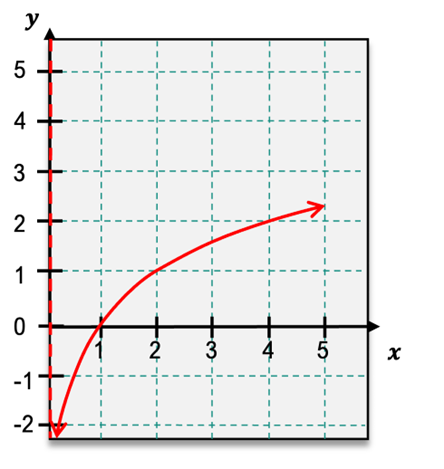At this point in the course, we've become familiar with the process of finding a derivative, and we've learned a bunch of different rules for finding the derivatives of various functions. In this video, we're going to answer the question, "Well, how do I find the derivative of an exponential function?" That's \( b^x \), where \( b \) is just some number. It turns out that there's a rule for finding the derivative of an exponential function, just like any rule that we've seen before. Now, I'm going to give you a bit of intuition as to why this rule is what it is.
And then we'll work through some examples to actually apply this new rule. So let's go ahead and get started. We're going to take things all the way back to where we got started with derivatives at limits. So using the limit definition of the derivative, I can set up my derivative of \( b^x \) as d(bx+h)/dx as the limit as \( h \) approaches 0, bxh-bx/h.
Using my properties of exponents here, I can expand this term out, giving me the limit as \( h \) approaches 0 of \( b^x \times b^h \) using properties of exponents there, then keeping everything else the same, minus \( b^x \) over \( h \).
Looking at everything going on in this fraction here, I can see that in my numerator, these two terms both have a \( b^x \) in common. That means that I can go ahead and factor that \( b^x \) out and pull it all the way out in front of my limit. This then gives me \( b^x \times \) the limit as \( h \) approaches 0 of \( b^h - 1 \), having just factored that \( b^x \) out of both of those terms. And this is still all over \( h \). Now this limit may not look like much, but it turns out that this is actually the limit definition of the natural log.
So that then means that the derivative of \( b^x \) is \( b^x \). So pulling that term down here times the natural log of \( b \). That's exactly what this limit is. And this then gives us our rule for finding the derivative of any exponential function at \( b \) to the power of \( x \). It's \( b^x \times \ln(b) \).
One additional thing to note here is that the base \( b \) should be greater than 0, so it should be positive just because it's the base of an exponential function. And it also should not be equal to 1 because that would just make this whole derivative equal to 0. It's important to note that these restrictions are not an additional thing that you have to memorize and it really just follows from our knowledge of functions. So we want to focus here on just applying this new rule to finding the derivative of some actual functions. So let's work through some examples together here.
Looking at this first example, we want to find the derivative of \( f(x) = 6^x \). So using our new rule here to find our derivative here, \( f'(x) \), because my base is 6, my power is \( x \). That then makes my derivative f′x=6x×ln6. And this is my full derivative, \( 6^x \times \ln(6) \). Now we know that exponential functions won't always be quite this simple.
So let's look at a slightly more complicated function over here with example b. Now most of you have already learned the chain rule, but if you have not yet learned the chain rule for finding derivatives, you should focus just on applying this rule to your basic exponential functions and stop here. For the rest of you, let's get into finding the derivative of this function, \( g(x) \). This is \( 3^{x^2 + 4x} \). So we can see that this power here is not just \( x \).
It's actually a whole function of \( x \). It's \( x^2 + 4x \). So that means that we need to apply the chain rule here. Now we know that we start from the outside and work our way in. And here, we have this function inside of our exponential function.
So in finding this derivative here, \( g'(x) \), we start by applying our rule for finding the derivative of an exponential function. So this is going to be 3x2+4x×ln3, then, of course, times the natural log of our base, which in this case is 3. Now from here, we're not done yet because applying the chain rule means that we then need to multiply by the derivative of that inside function. So multiplying here by the derivative of that \( x^2 + 4x \), we know that using the power rule, this is 2x+4. And now this is my full derivative, \( g'(x) \).
Having applied the chain rule along with our rule that we just learned for finding the derivative of exponential functions. Now we're going to continue getting practice with this new rule alongside all of the rules for finding derivatives that we've already learned coming up next. I'll see you in the next one.


